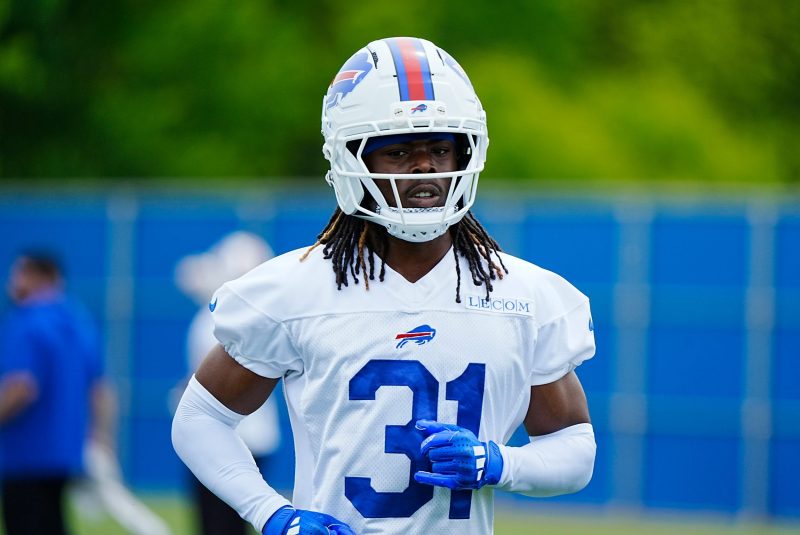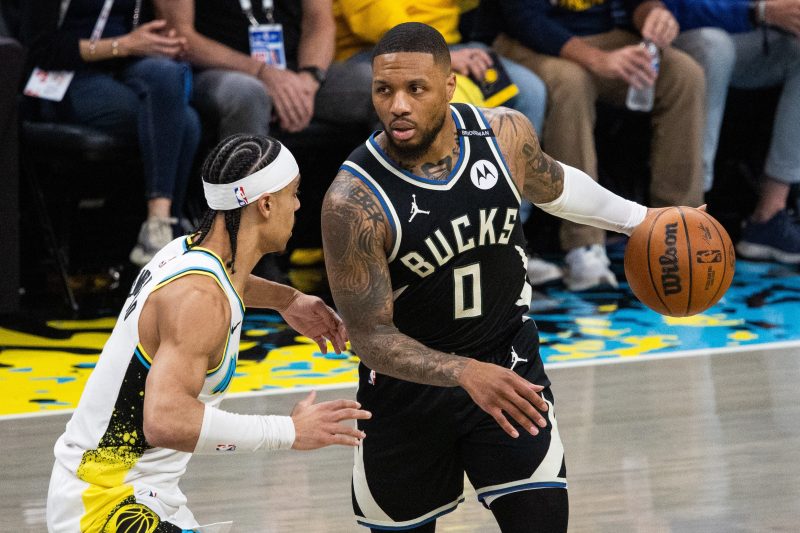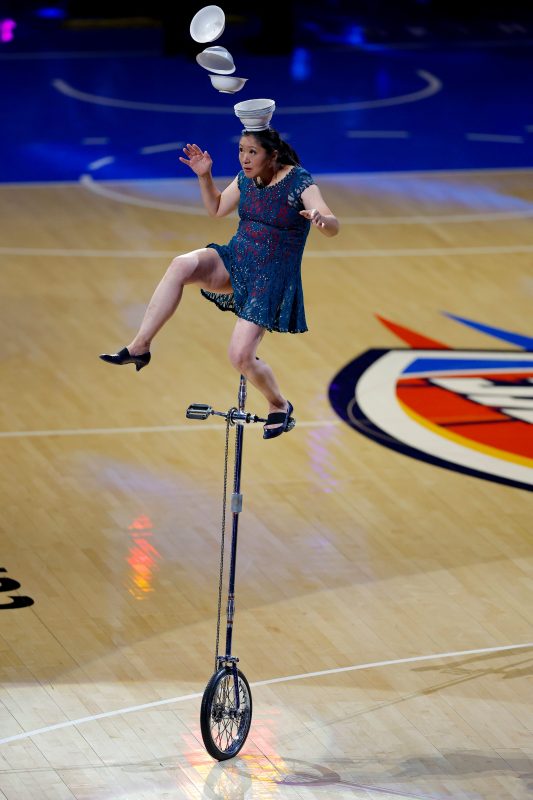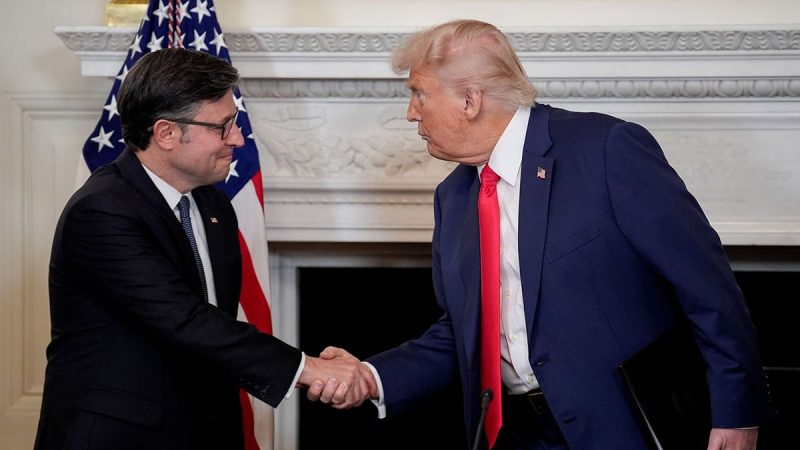New era of baseball? Strikeouts are down in MLB as teams pivot

WASHINGTON — There may never be another season in Major League Baseball like 2019, when there were more balls flying out of ballparks – and more swings and misses – than any time in the game’s history.
And Gleyber Torres was one of the cool kids.
In his first full season in the big leagues, Torres ripped 38 home runs in 138 games, a power output accompanied by 129 strikeouts. Never mind that Torres struck out 21.4% of the time: He was a two-time All-Star at 22, an MVP vote recipient, about to become shortstop of the New York Yankees and headed, by all appearances, toward superstardom.
Yet even then, he knew something had to change.
“I hit a lot of home runs,” Torres, now a Detroit Tiger, tells USA TODAY Sports, “but I struck out a lot. From my first year in the big leagues, I had a lot of conversations with the hitting coaches there. They always tell me, ‘Strike two, put the ball in play.’ I worked on my (two-strike approach) every year.
“Last year, in the second half, I had a really good approach, saw the ball very well. I really believe in my eyes to control the strike zone. I know how important it is some days to walk and put myself on base for the guy behind me.
“So far, I really, really believe in my plan and go to home plate and do what I can do.”
He’s not the only one.
While strikeouts remain a scourge to the old school eye, it may be safe to declare that the era of bottomless whiffs is over. Major league teams are striking out 8.26 times per game, the lowest rate since 2017 and a 6% decrease from 2019.
That season featured the highest K rate of all time (8.61 per team game) accompanied by the most home runs – 6,776 – in major league history.
The offensive environment was an outlier for many reasons – including a juiced baseball – but it also marks the symbolic apex of the game’s “three true outcomes” era, when a home run, walk or strikeout ruled the sport, with three punchouts deemed the cost of doing business for one jog around the bases.
Six years later, are we in the middle of a course correction?
“It’s in the process of swinging back,” says Chicago Cubs manager Craig Counsell. “I think we’ve given pitchers a ton of credit for improving. It was a conversation four or five years ago that (pitchers’) velocity has improved. I think hitters now have calibrated themselves to that.
“And training them better. That’s improved contact. And probably stopped giving at-bats to people who can’t make contact. So, decision-makers had to adjust a little bit, too.”
There’s endless examples of both player and franchise realizing that selling out for power isn’t necessarily in their best interests.
Gleyber Torres stats on the rise: ‘I want to put the ball in play’
Torres is a prime case: In 2018 and 2019, his first two seasons, he hit 24 and 38 home runs, with strikeout rates of 25.2 and 21.4%. By 2024, he was 27, about to hit the free agent market and struggling at the halfway point, with a .215/.294/.333 slash line and a 24% strikeout rate.
Yet he managed to make myriad mid-season adjustments, all of which trimmed his K rate down to 17.2% and the results followed: A .298/.365/.421 second half and a stellar postseason, resulting in a one-year, $15 million deal with the Tigers.
Come spring training, he continued tweaking his approach and embraced a greater dedication to game-planning, heeding the counsel of Tigers hitting coaches Michael Brdar, Lance Zawadski, and Keith Beauregard and, as Torres put it, “go to the plate with my plan and try to put a little more focus on whatever I do before the game.”
The approach has paid off: Torres has just 40 strikeouts in 311 plate appearances, a 12.9% strikeout rate well below the league average of 21.9%, and nearly half his whiff rate in his rookie season.
And his offensive profile has never looked healthier: Torres is on track for 17 homers, two more than he hit his final season in New York, but he’s headed toward career highs in OBP – his .386 mark is 39 points better than his previous best – and adjusted OPS (134).
While Torres was a vaunted prospect and instant All-Star, curbing whiffs can be a matter of survival for others.
“I hate striking out. Don’t like striking out. I want to put the ball in play,” says Baltimore Orioles slugger Ryan O’Hearn, who went from waiver claim to potential All-Star. “I want to make things happen. I want to make the other team make plays. I know what it’s like to play against teams that don’t strike out a whole lot, and it puts stress on the infielders.
“Can’t get any hits unless you put the ball in play, right?”
Nor can you get off the bench. O’Hearn, 31, only once played more than 100 games in five seasons with Kansas City, striking out 99 times in 105 games in 2019.
In December 2022, the Royals designated him for assignment, with a .293 career OBP and annual strikeout rates that ranged from 24.1% to 28%.
The Orioles gave him new life, unlocking several mechanical cleanups that, he said, “helped me make contact more consistently. Less swing and miss in the zone.
“Once I realized I could put in play a lot more consistently, it definitely became a conscious thing and I didn’t want to strike out a lot.”
The results have been startling: O’Hearn hacked his K rate exactly in half from 28% in 2021 to 2023’s 14%. This year, he’s struck out just 46 times in 71 games and should win the All-Star Game fan balloting at designated hitter. It’s well-deserved: O’Hearn is batting .295 with an .854 OPS (144 adjusted) and 11 homers.
His newfound aversion to Ks is a big reason why.
“Mentally, it’s definitely changed a lot for me the past few years,” he says. “I know it’s a big league defense and there’s really good defenders out there. But if you strike out, it’s a lot easier to kill an inning, for a pitcher stroll through a game when a team strikes out a lot. Low stress on the defenders.
“I don’t want that. Even if it’s 0-2, weak contact, I don’t care. You might get a hit. You might get lucky.”
The perfect offense
Power pays, and that will always be the case in the big leagues.
The Los Angeles Dodgers and New York Yankees are 1-2 in both home runs and OPS, befitting the coastal behemoths who handsomely compensate Shohei Ohtani and Aaron Judge, respectively.
Yet the Yankees are fourth in strikeouts and the Dodgers rank 17th, a moderate vulnerability that can be greater exposed in a postseason environment.
How, then, does a club generate an ideal concoction of power, patience and putting the ball in play?
Ask the Arizona Diamondbacks.
They are lurking just behind the Dodgers and Yankees with a .776 team OPS, and trail only the Dodgers and Chicago Cubs in runs scored. And they’re fifth in home runs.
But strikeouts? Just three teams whiff less often than Arizona, which has a 20.1% K rate; the Yankees rank 23rd at 23.1%. And the Diamondbacks hardly give up pop to get the ball in play: They rank eighth in hard-hit rate, with 42.3% of their balls at least 95 mph off the bat.
It’s no accident.
Arizona manager Torey Lovullo says he and hitting coach Joe Mather are in alignment on their core offensive values: Putting the ball in play hard up the middle. Mather, Lovullo says, even keeps a running tab on how many balls reach their personal baseline of effectiveness: At least 90 mph on a line, with a launch angle between 5 and 25 degrees, equals success.
“I’m tired of people just going out there and striking out,” says Lovullo. “It turned into a home run or strikeout league. I feel like if we get ahead of that and have an approach like the (David) Fletcher kid when he was in Anaheim, we’ll be good.
“Fletcher got no love in this game, and I’m like, every team needs three or four of those guys. If we can have three or four of those guys with some slug, we’re going to put up some runs.”
Fletcher’s career K rate was 9.5%, though he never managed to produce a league-average OPS over a full season. These D-backs don’t have that problem.
All-Star shortstop Geraldo Perdomo’s strikeout rate has been vanishing a little more every year, now down to 11.7%. He pairs that with a .357 OBP and 115 adjusted OPS, along with such a strong situational feel that Lovullo says he can tell Perdomo, “I need at least a five-pitch at-bat here,” and he will execute.
“I’ve always had really good eyes and make contact with no power,” says Perdomo. “As I get older, I think it’s a reason I’m hitting the ball harder. I feel proud. I don’t want to strike out, and the most important thing I can do is putting the ball in play, and now that I’m getting some power, I feel like I can just drive the ball with more intensity.
“I’m not looking for a certain pitch, but if there’s a good pitch that’s close to me, I just try to drive the ball.’’
While Arizona’s pitching has dragged the club back toward the .500 mark, almost every contender has a contact fiend that tenderizes the opposing pitcher while also doing damage.
For the Cubs, it is Nico Hoerner, who has just 22 strikeouts this season – a beyond elite 6.7% K percentage – while managing a .721 OPS despite just three home runs. He plays his role perfectly in the Cubs offense, haunting pitchers and defenses while enabling the lineup’s aircraft carriers – Kyle Tucker, Seiya Suzuki and Michael Busch – to take their wallops.
“He’s got the perfect approach with runners in scoring position: There’s gonna be contact,” Counsell says of Hoerner, who’s already amassed 3.3 WAR this season. “It’s really hard to strike him out. It’s his elite skill.
“The ability to make contact is not an exciting trait as a hitter, but it’s a valuable trait. It leads to runs getting scored.”
And while the Tampa Bay Rays have shaved just 2% off their team K rate year-over-year, the addition of rookies Jake Mangum (13.4%) and speed merchant Chandler Simpson (9.6%) have given them a dynamic offensive attack.
It’s a decidedly postmodern look, one that might’ve seemed out of place in a pre-pandemic baseball world. And heck, it’s not like the home run has vanished across the majors – the rate of 1.11 per team game is still 11th all-time.
Perhaps what we’re seeing is a generation of players realizing it’s OK not to get too big at the plate, especially in an era where pitchers throw harder and nastier stuff with each subsequent season.
And that the occasional shelving of the A swing can promote good habits and A+ outcomes for the team.
“It’s understanding who you are as a hitter and fortunately for us, I feel like we have a bunch of guys who understand their strengths when they walk up to the plate,” says Rays manager Kevin Cash. “And right now, they’re doing a good job putting that to use.
“Today’s pitchers and today’s hitters are very special, very talented. And what they do to counter each other year-to-year, game-to-game, at-bat to at-bat – you’re seeing a really good product on the field.”
The USA TODAY app gets you to the heart of the news — fast. Download for award-winning coverage, crosswords, audio storytelling, the eNewspaper and more.




